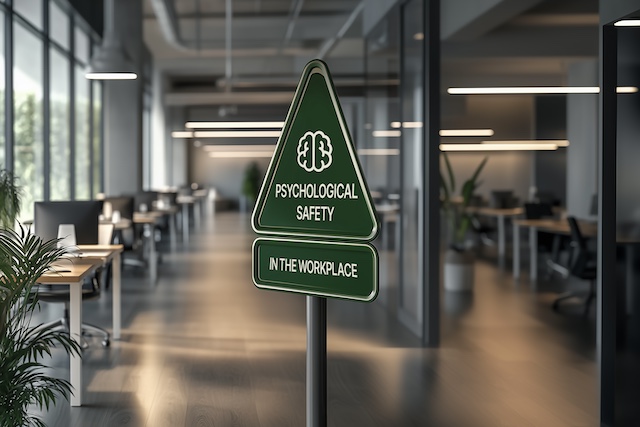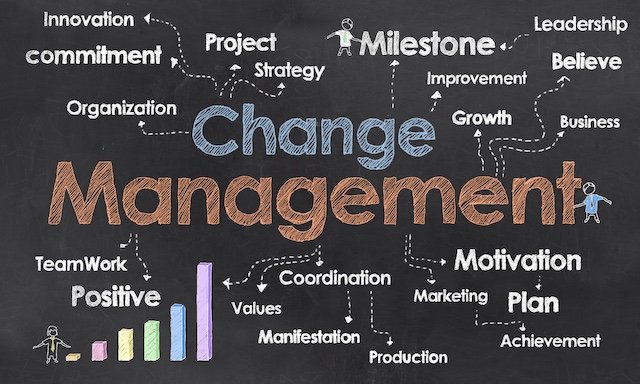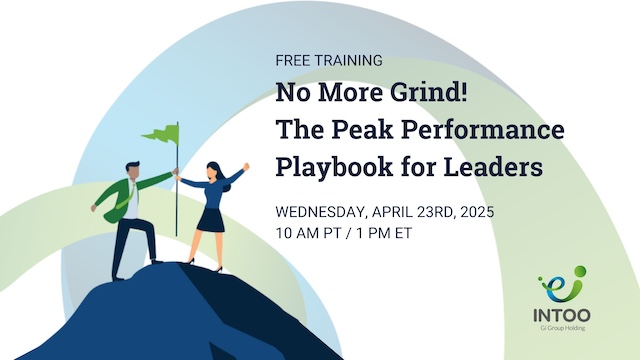Psychological safety in the workplace refers to an atmosphere where individuals feel secure in taking risks, expressing their opinions, making mistakes, and sharing ideas without fear of judgment, ridicule, or negative consequences. This means that employees can be their authentic selves, knowing that their contributions will be valued, even if they are unconventional or imperfect.
In a psychologically safe work environment, team members trust each other and their leaders to handle vulnerability with respect and support. This trust leads to increased innovation, better problem-solving, and greater overall employee engagement. A widespread feeling of safety encourages open communication, fosters collaboration, and enhances team dynamics.
When employees are not worried about being penalized for mistakes, they are more likely to propose new ideas, ask questions, and acknowledge the challenges they face. This transparency strengthens relationships and reduces stress, as workers can focus on their tasks without the constant fear of making errors. Ultimately, psychological safety nurtures a culture of continuous improvement and resilience, enabling teams to be highly adaptable and agile.
The Importance of Psychological Safety in Fostering High-Performing Workplaces
Psychological safety is essential for cultivating high-performing, innovative workplaces. An open exchange of ideas is crucial for effective problem-solving and adapting to change, as it encourages diverse perspectives and fosters continuous learning. A psychologically safe work environment helps employees feel secure in expressing their thoughts, taking risks, and voicing concerns without fear of negative repercussions. Without it, employees may withhold insights or avoid expressing concerns, leading to missed opportunities and stagnation.
When team members trust one another and feel valued, they are more likely to collaborate effectively, contribute new and creative ideas, and be invested in the organization’s success. Employees experience less stress and burnout, contributing to better mental health and higher retention rates. A safe and inclusive workplace where employees are treated respectfully nurtures trust, strengthening team cohesion and loyalty. In such an environment, employees are more likely to be engaged and motivated, leading to improved productivity, enhanced individual and team performance, and, ultimately, organizational success.

3 Clear Examples of a Lack of Psychological Safety at Work
1. Fear of sharing ideas or opinions
Employees may avoid contributing to discussions or proposing new ideas because they fear being criticized, ridiculed, or dismissed. This reluctance leads to a lack of innovation and missed opportunities, as team members withhold valuable insights in an environment where their thoughts are not appreciated or respected. These individuals may then be seen as poor performers or uninvested in their roles and given fewer opportunities as their engagement diminishes.
2. Punishment for making mistakes
In workplaces where mistakes are harshly penalized instead of viewed as opportunities for learning, employees become hesitant to take risks or admit when they need assistance. This attitude stifles creativity and inhibits personal and team growth, as workers focus more on avoiding mistakes than on seeking improvement.
3. Lack of trust and support
When there is little trust among team members or between employees and management, individuals are less likely to collaborate openly or share their challenges. Without a supportive atmosphere, employees may become disengaged, leading to poor communication, siloed work, and weakened team dynamics.
Creating a Psychologically Safe Workplace: Key Strategies for Success
Creating a psychologically safe workplace requires intentional efforts from both leaders and employees to build trust, encourage open communication, and foster mutual respect. First and foremost, leaders should model vulnerability by admitting their mistakes, seeking feedback, and demonstrating empathy, encouraging others to do the same. Providing opportunities for employees to learn from their mistakes instills a growth mindset, which will help them develop their skills and improve in their roles.
Establishing clear expectations for respectful behavior is essential, where diverse opinions are valued and constructive feedback is the norm. By encouraging team members to speak up without fear of judgment and affirming that everyone’s voice matters, cultivating an inclusive atmosphere is possible.
When employees feel secure, valued, and supported, they are more likely to engage fully, leading to a positive and productive work environment. INTOO offers additional ways to develop a high-performing workforce through career development programming that includes career coaching, training programs, and workshops for employees and leaders alike. Contact us today to learn how we can help your organization.











